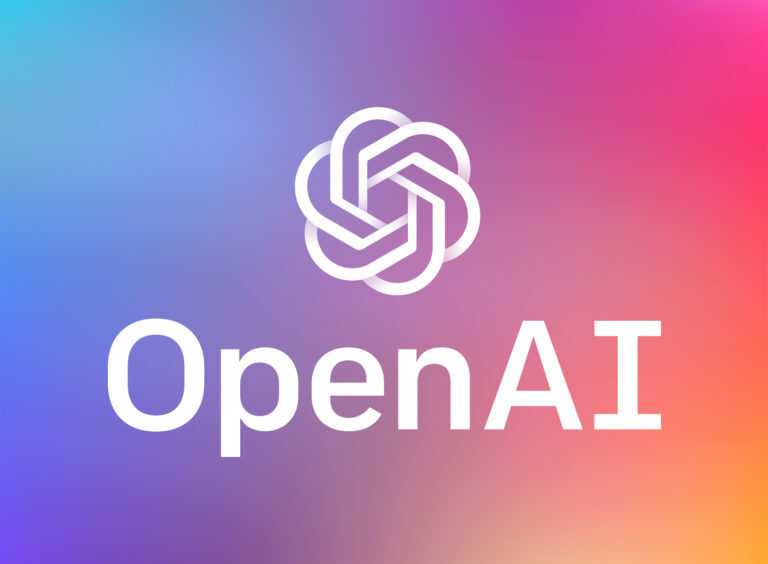Profitability limit is a shot in the foot.
- Voluntarily limiting one’s ability to make money for shareholders is not the wisest course of action when one is about to try and entice them to buy more shares at a $100bn valuation.
- Xiaomi has stated that it will ensure that its net hardware margin after tax never exceeds 5%, meaning that it will be almost completely dependent on software and services revenue to support its $100bn valuation at IPO.
- Furthermore, the practicalities of this promise are also going to cause problems because to live up to it, Xiaomi will have to keep hardware and software / service sales completely separate.
- It also prevents Xiaomi from emulating Apple which earns high profits on hardware most of which is derived from the iOS ecosystem rather than the hardware itself.
- It is being the Apple of China that much of the hype and speculation around Xiaomi is based on.
- Hence, in order to value Xiaomi fairly, one will have to split the two revenue streams out and value them separately.
- Hardware: For this business, Samsung is a more than fair comparison.
- It is dominant in Android handsets, flash memory and DRAM and is based in the same continent as Xiaomi.
- For 2017 profits, Samsung’s price earnings ratio is 8.3x, meaning that if I adjust for Xiaomi’s higher growth from its intended market share gains, I might be willing to pay 15x in the best instance.
- Xiaomi is expected to ship 110m units this year and its ASP according to Counterpoint research is around $150.
- This implies revenues of $16.5bn upon which I would expect it to make 3% giving $495m in operating profit.
- Assuming 15% tax this would result in $420m in net profit and a valuation of $6.3bn with a PER of 15x.
- If I assume the full 5% net profit after tax, I can reach a valuation of this business of $12.4bn.
- Given, Xiaomi’s stated intention to limit its profitability to 5%, there is no way I would be willing to pay a higher multiple as I have no prospects for margin expansion to drive earnings growth.
- This leaves software and services to provide $87bn or more of the mooted $100bn valuation.
- Software and services: There was no mention of this in the 2018 shareholder letter which I find strange given that the mooted IPO would appear to be completely dependent on it.
- These revenues include the sales of services that run on its hardware as well as any potential monetisation from the ecosystem that it and its partners are creating.
- I have previously estimated that Xiaomi was aiming for around $300m in revenues from this business line in 2017. (see here).
- I will assume that Xiaomi’s revenue generation in this area is spectacularly successful in 2018 and reaches $1bn on turnover.
- Given its partners with whom it will need to share revenues and ordinary costs, EBIT margins could be around 55%.
- This would give EBIT of $550 in 2018 and net margin of $468m (assuming 15% tax).
- Tencent is biggest and strongest of the Chinese ecosystems and is trading on 41x 2017 PER.
- If I assume a small premium to Tencent (higher growth slightly offsets higher risk), then I could just about stomach a PER ratio of 50x.
- This gives a more than fair valuation of $23.4bn in the best instance.
- If I add the two valuations together I arrive at a maximum valuation for this company of $35.8bn leaving me some $64.2bn adrift.
- Seeing as Xiaomi has prevented the hardware piece from ever being a major contributor to the valuation of the company, everything has to come from software.
- Hence, to simply justify a valuation of $100bn with no upside, the software and services piece would need to generate revenues of $3.7bn with EBIT margins of 55% and net profit of $1.8bn.
- It is promises of this nature upon which I suspect the company intends to pin its $100bn valuation but from where I am sitting, this is a big stretch.
- This is because inside China, all of the ecosystem returns are currently being made by Alibaba, Tencent and Baidu and there is very little space for Xiaomi to squeeze despite the size of the market.
- Furthermore, outside of China it’s a Google marker where Xiaomi is forced to put Google’s ecosystem rather than its own on the front and centre of the devices it sells.
- Hence, I think that an IPO of Xiaomi at $100bn is a big stretch with all of the risk being on the downside.
- I would rather put my money in the proven global digital ecosystems of Tencent, Baidu or Microsoft at much lower valuations rather than risk it on promises that will be very difficult to fulfil.









Blog Comments
Xiaomi espera ir público con IPO de $ 10 billones. Si es cierto, se trata más grande IPO hasta la fecha de 2018. – iCrowdNewswire Spanish
May 1, 2018 at 2:34 pm
[…] se señaló por Radio Free Mobile, Xiaomi iniciará un límite de margen de hardware del 5%. En otras palabras, Xiaomi planea ganar […]
Xiaomi expected to go public with $10 billion IPO [Update] | NX Update - Update Android Version
May 3, 2018 at 4:38 pm
[…] noted by Radio Free Mobile, Xiaomi will initiate a hardware margin limit of 5%. In other words, Xiaomi plans on earning […]